Starting with photography can be really fun, and there are a bunch of simple extras you'll want to have alongside your camera. These are the things that keep your camera safe, make your photos look better, and let you play around with different styles. We're going to cover the basics: comfy bags for carrying your gear, tripods for keeping your shots steady, memory cards for storing all those great images, lights to brighten up your scene, and lenses to capture different views. Whether you're taking pictures at home or outside, we've got a list of key accessories that will help you take better photos in no time.
1. Camera Bags, Cases, and Backpacks
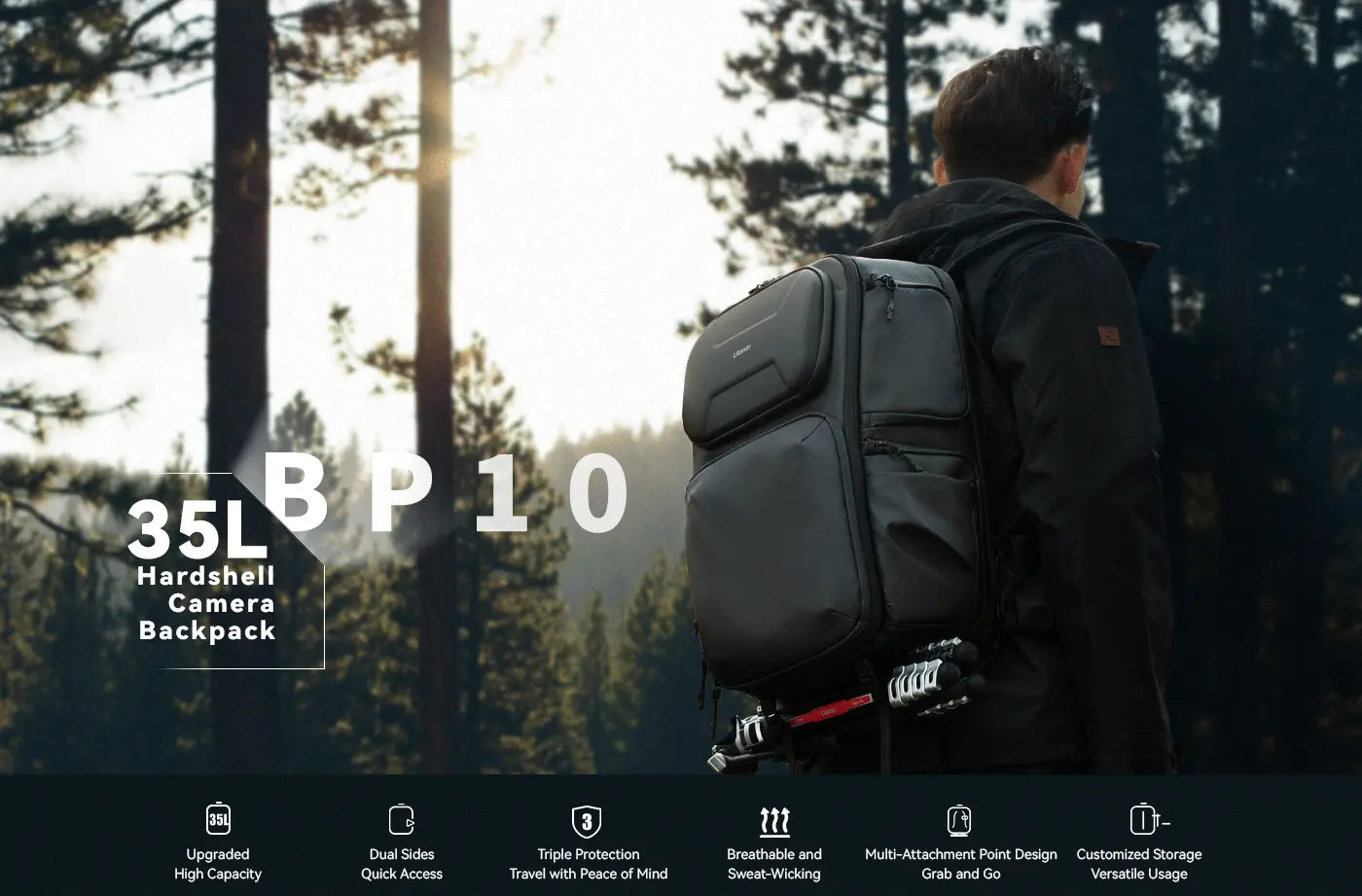
When you start taking photos, one of the first things you'll need is a safe place to keep your camera. That's where camera bags, cases, and backpacks come in. They're not just for carrying your camera; they protect it from bumps, scratches, and the weather. You've got options like shoulder bags that are easy to swing around and grab your camera from, backpacks that can carry lots of gear and are good for long walks, or small cases if you just have a camera and maybe one extra lens. Look for something with padding inside and, if you plan on shooting outdoors, make sure it's water-resistant. It's all about keeping your camera ready to go whenever you are.
Extended Reading: How to Pack your Camera Backpack
2. Tripods
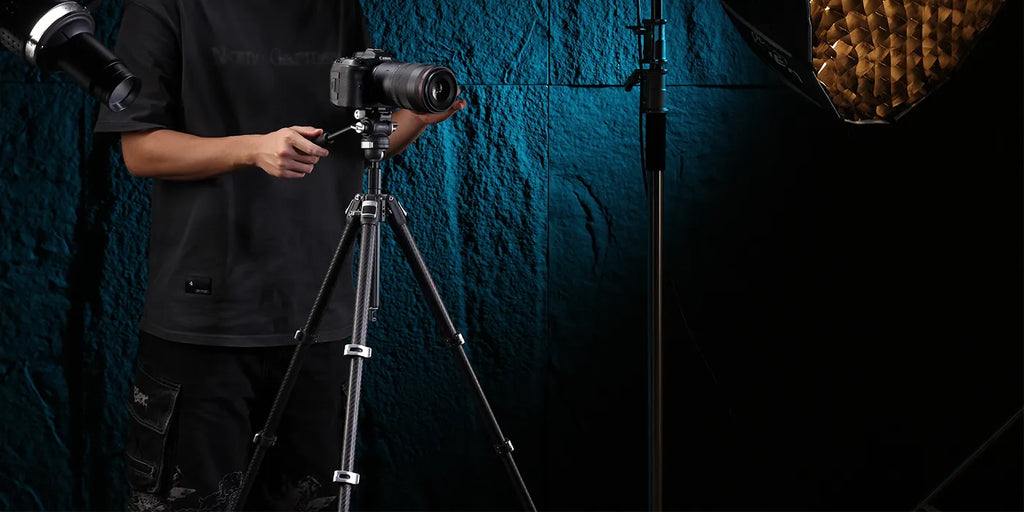
A tripod is a must-have for keeping your camera still, which is super important when you're snapping pictures in dim light or aiming for blur-free shots. For those just starting, a travel tripod is a good pick. They're not too heavy, easy to pack, and adjust to a nice height without making you stoop over.
There are lots of different tripods out there as you get more into photography. Flexible tripods are the acrobats of the tripod world; they can twist around things like tree limbs to help you get really interesting photos from all sorts of angles. If you're dealing with bigger cameras or breezy conditions, a heavy-duty tripod will stand firm. If you're shooting videos and want smooth moves, a video tripod is your best bet. And for quick snaps on your desk or table, pull out a little tabletop tripod-they may be small, but they do a big job.
Many tripods can change shape to fit uneven spots and let you point your camera exactly where you need it. Choosing the right tripod can seriously improve your photography, giving you clearer, sharper photos every time.
3. Memory Cards and Readers
When you take a photo, it needs to be stored somewhere, and that's what memory cards do. They're the little plastic cards where all your images are saved inside your camera. As a beginner, it's a good idea to get a card with lots of space so you won't run out quickly. Memory cards come in different speeds too - faster ones let you take pictures one after the other without waiting too long.
Now, to move your photos from the camera to your computer, you'll use a memory card reader. This is a small gadget that reads the data on your memory card. You simply take the card out of your camera, put it into the reader, and then plug it into your computer. It's much easier than connecting your camera with cables, and it lets you see and save your photos on your computer quickly.
4. Photographic Lighting
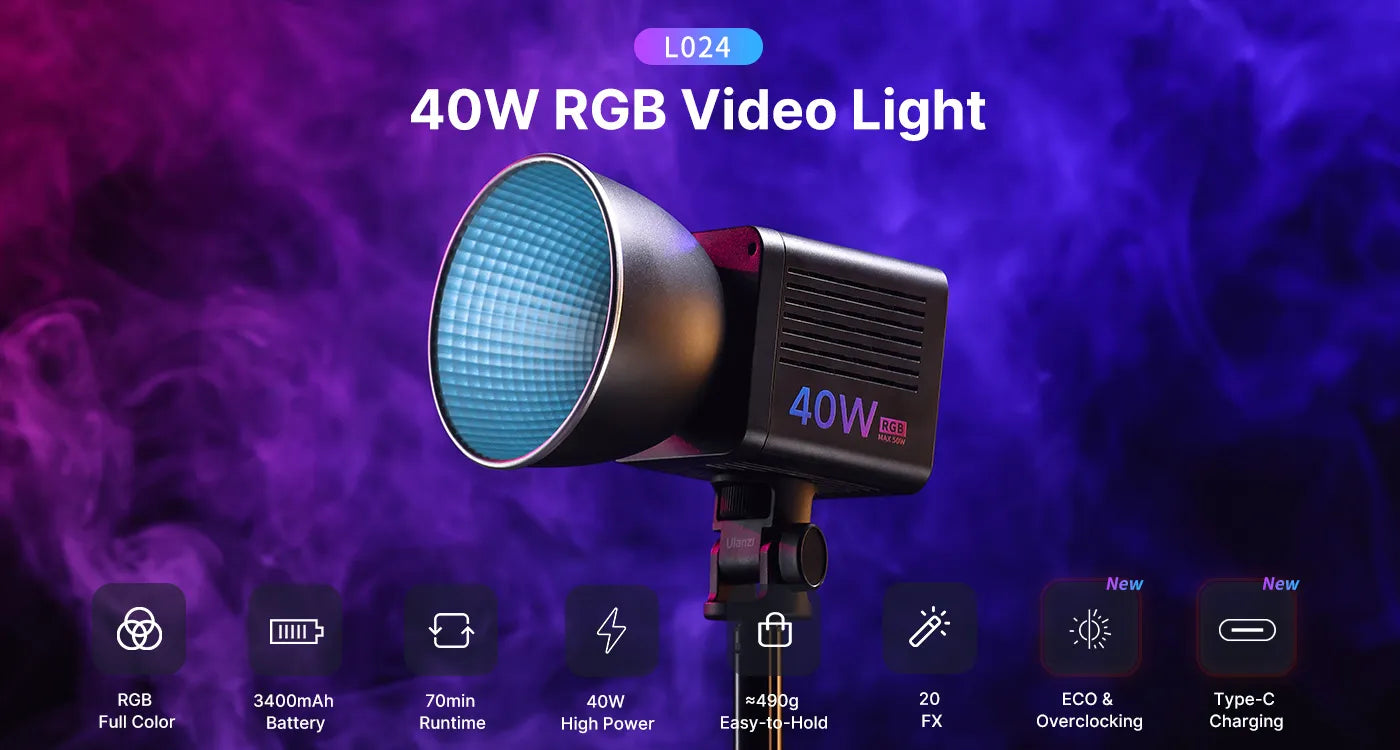
Mastering lighting is essential for great photography, and even a simple flashlight can work wonders, shedding light where you need it most. If you're eager to add some creative flair, RGB lights are your best friend-they let you infuse vibrant colors into your images with ease. For those seeking versatility, bi-color lights adjust from warm to cool tones, giving you the power to set the perfect mood. Softboxes, on the other hand, are ideal for softening shadows and providing flattering, even light, particularly in portrait work. Tube lights offer creative flexibility, fitting into tight spots and providing consistent, ambient lighting, while streaming lights ensure you're well-lit during video sessions, helping maintain a professional look on camera. With these tools in your kit-a trusty flashlight, dynamic RGB lights, adaptable bi-colors, diffusing softboxes, versatile tube lights, and clear streaming lights-you can easily tackle any lighting challenge and bring your photography to life.
5. Lenses and Lens Cloths
Different lenses let you take different kinds of photos. Some let you zoom in really close to faraway things like birds or sports players. Others are great for taking wide pictures, like big groups of friends or landscapes. When you're just starting out, you might get a 'kit' lens with your camera, but as you go along, you might want to try other lenses for different looks.
As you get more into photography, you might want to try out some cool specialty lenses. A macro phone lens is great for taking super close-up shots that show off tiny details you'd usually miss with your eyes alone-like the intricate pattern on a butterfly's wing. And if you're into making videos and want that Hollywood film look, an anamorphic movie lens is what you need. It stretches your image to fit more of the scene into each shot, which means more drama and those neat horizontal light streaks in your videos.
No matter what lens you pick, whether it's the one that came with your camera, a macro lens for close-ups, or an anamorphic lens for that widescreen vibe, keeping them clean is key. That's where lens cloths come in-they're super soft and made just for lenses, so they won't scratch. Wiping your lens with one of these can make your photos and videos sharp and clear. Make sure to stash a lens cloth in your camera bag-you'll never want to deal with smudges blurring your perfect shot.
6. Photographic Filters
Filters are like sunglasses for your camera. They fit over your lens and change the light that comes into the camera. Some filters can protect your lens from scratches and dust, while others can make colors pop or reduce glare from shiny surfaces like water or glass.
As a beginner, it's good to start with a basic UV filter for protection – it's clear, so it doesn't change your pictures much. As you get more into photography, you can try out different kinds, like polarizing filters that help make skies bluer and cut down on reflections. Using filters is pretty straightforward: you just screw them onto the front of your lens. Just remember not to stack too many on top of each other, as they can affect the quality of your photos if you use too many.
7. Reflectors
Reflectors are really handy, especially when you're taking pictures of people or objects and some parts are too dark or shadowed. What a reflector does is bounce light onto those darker areas so everything looks evenly lit. They're super simple to use: just hold them up or prop them nearby to shine some extra light where you need it.
They come in different sizes and colors like white, silver, or gold. White reflectors make light look soft and natural; silver ones brighten things up more strongly; and gold ones give a warm glow, which can be great for making skin tones look really nice. When you're not using them, they usually fold up small so you can fit them into your camera bag. Having a reflector on hand can be the difference between an okay photo and a fantastic one.
8. External Flash Units
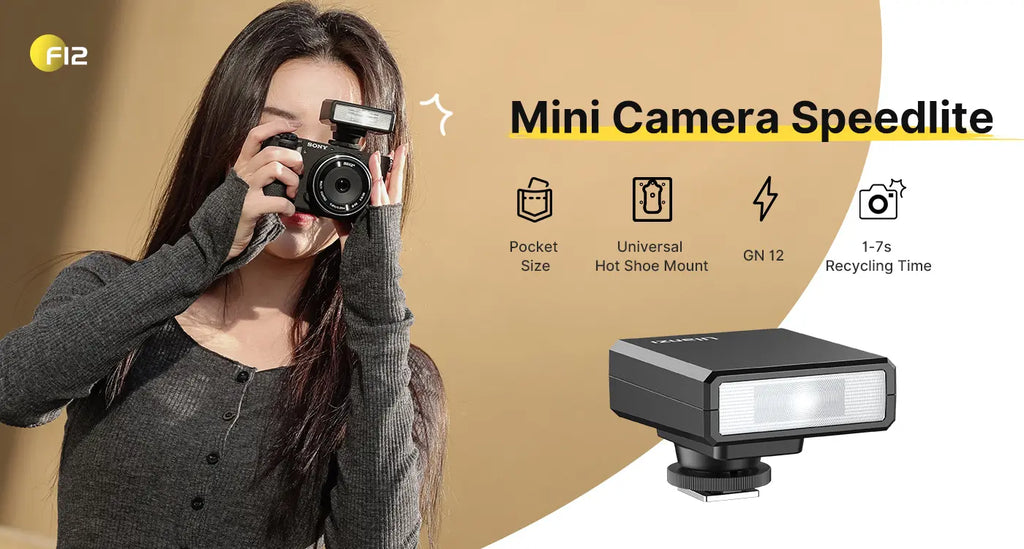
An external flash unit is like a portable sun that you can take with you to brighten up your pictures. It's especially useful when there isn't enough light indoors or when the sun is setting, and you want a little extra sparkle in your photos. Unlike the flash that might come built into your camera, an external flash is bigger and stronger, and you can move it around to get the light just right.
Using one of these flash units means you can avoid those harsh shadows behind people that you sometimes get with a regular flash. And the cool thing is, you can point an external flash at ceilings or walls to make the light softer and more natural-looking. They're pretty easy to use – you just attach one to the top of your camera, and you're good to go. Remember to keep some spare batteries for it in your bag, though, because they can run out pretty quickly.
9. Battery Solutions and Power Banks
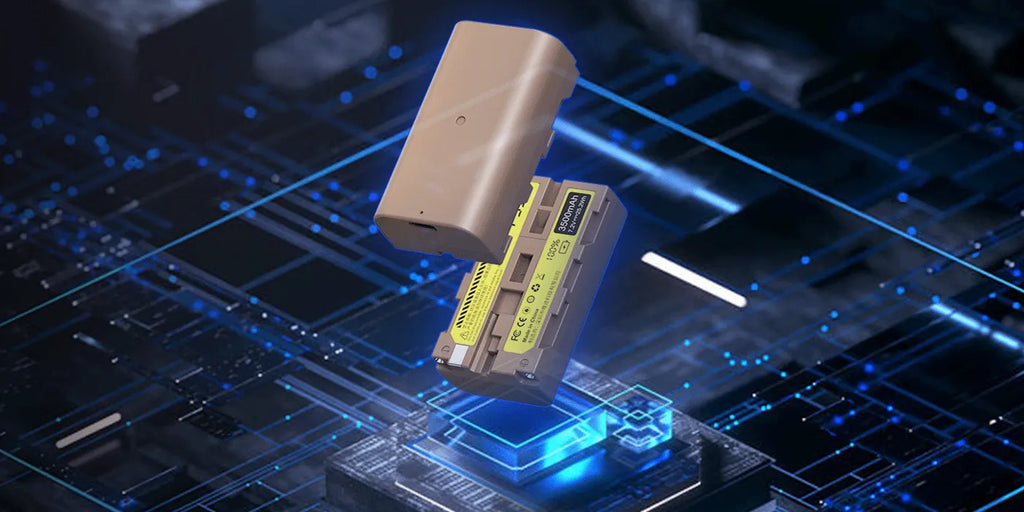
Your camera needs power to work, and that's where batteries come into play. Most cameras have a specific battery that fits just right, but it's a smart move to have an extra one fully charged and ready to go. This way, if your camera runs out of juice in the middle of taking photos, you can just swap the batteries out and keep on shooting.
Battery grips are another cool accessory. They attach to the bottom of your camera and let you use two batteries at once, doubling how long you can go before needing to recharge. Plus, they make holding the camera easier, especially when you're taking vertical shots.
And don't forget about external battery chargers – these are great for charging your batteries when you're not using your camera. Some people also carry a power bank, which is like a big battery you can plug your camera or charger into if there's no other power source around. It's perfect for long days out or trips where you won't have access to an outlet. Just make sure the power bank is compatible with your camera before you count on it for a full day of shooting.
10. Camera Straps

A good camera strap is a must-have for any photographer. It's not just about keeping your camera safe from falling; it's also about making sure it's always within reach when you need to snap a quick photo. There are lots of straps to choose from: some are wide and padded for comfort, some have pockets for extra memory cards, and others are made to let your camera slide up and down the strap quickly.
When picking a strap, think about what feels good around your neck or shoulder, because you might be wearing it for hours. Also, consider if you like your camera to hang low by your hip or higher up on your chest. Getting the right strap can make carrying your camera around all day a lot easier, so you can focus more on taking great photos and less on a sore neck.
11. Selfie Sticks
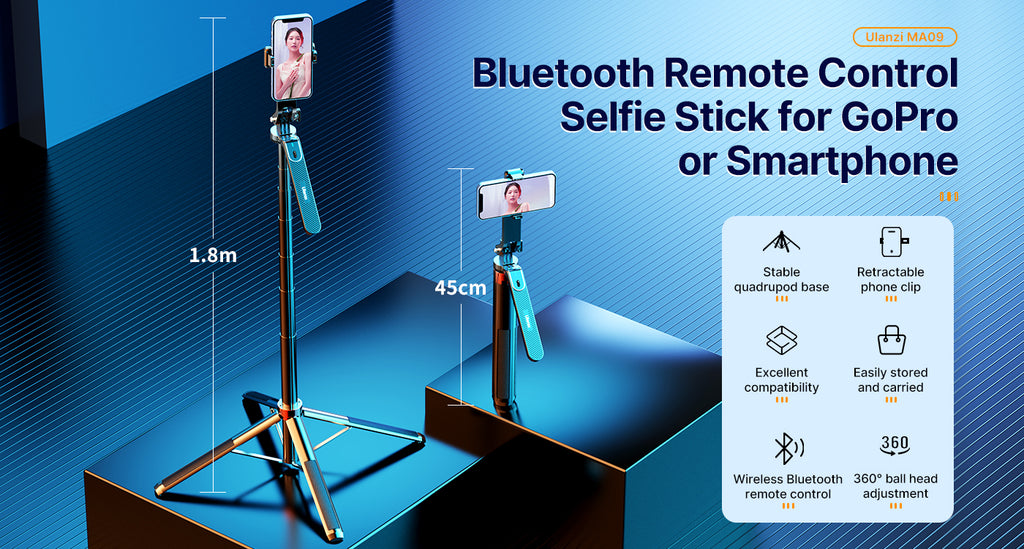
Selfie sticks are pretty popular and for a good reason. They let you hold your camera or phone further away from you than your arm can reach. This is perfect for getting a good photo of yourself and your friends without having to ask someone else to take the picture. Plus, they're great for reaching over crowds or taking creative shots from high angles.
Most selfie sticks are lightweight and can extend to different lengths, so you can get just the right shot. They often have a little grip at the end that holds onto your camera or phone securely. Some even come with a Bluetooth feature, allowing you to take a photo with a button on the handle instead of setting a timer. Just remember to use it safely and respect the space and comfort of those around you when you're out and about capturing your memories.
12. Fog Machines
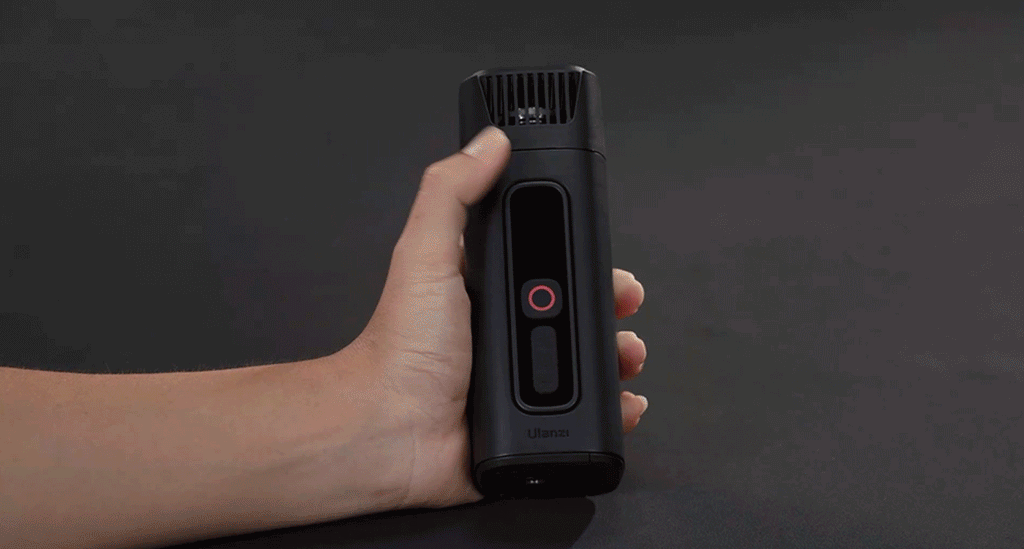
Fog machines are an awesome addition to any photographer's toolkit when you're looking to add some serious drama and mood to your shots. They work their magic by heating a special fluid and creating a mist that can turn a plain background into something out of a fairy tale or a suspense film. They're especially perfect for themed photo shoots, like spooky Halloween scenes or dreamy, ethereal portraits.
These machines vary in size, with some models being compact and portable-ideal for a touch of fog in smaller settings or on-the-go photography. Others are larger, designed to fill up big areas with a thicker haze. If you're thinking about going mobile with your photography, a portable fog machine could be just the ticket for that on-location shoot where you want to add a bit of ambiance.
Extended Reading: Fog Machines: Everything You Need to Know
13. Microphones
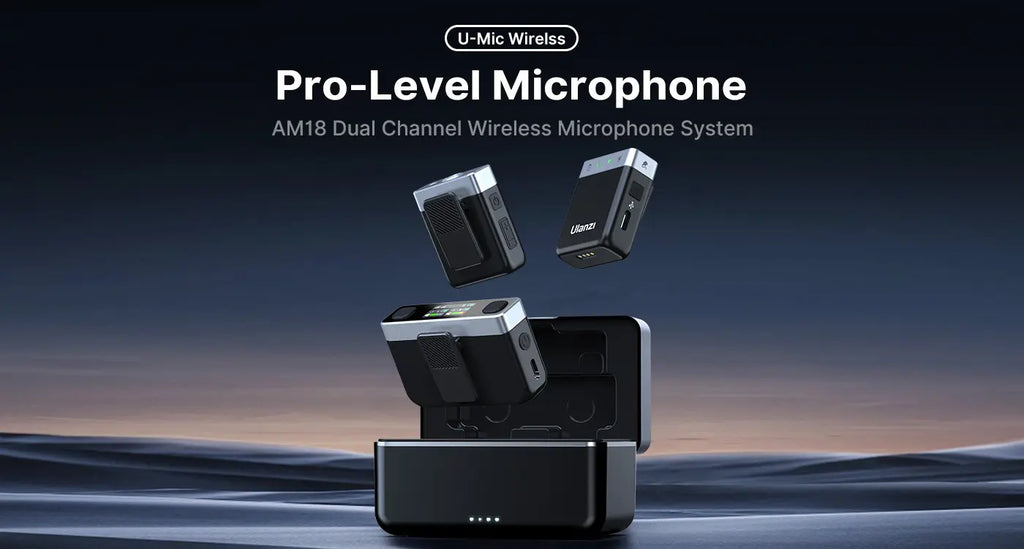
Good pictures often come with good stories, but what about good sound? If you're taking videos with your camera, you'll want the audio to be just as clear as your images. That's where microphones come in. The built-in microphone on most cameras is okay for starters, but an external microphone can really boost the quality of your sound.
There are different types of mics for different situations. Some are better at picking up everything around you, while others focus on sounds coming from one direction, like someone talking directly into it. They can clip onto your shirt, attach to the top of your camera, or even stand alone on a tripod. If you're planning to record speeches, interviews, or your own voice while vlogging, investing in a decent microphone can make a lot of difference. Just plug it in, and you're ready to capture not just the sights, but the sounds of your scenes too.
14. Cleaning Kits

Keeping your camera and its accessories clean is important. A cleaning kit usually comes with a few tools designed to help you keep everything spotless. There's often a soft brush that lets you gently sweep away any dust from your camera body and lens. Then there's a blower, which is used to puff air onto the lens to remove loose dirt without touching it. This is really handy because rubbing dirt or sand on your lens can scratch it.
You also typically get a microfiber cloth in these kits, which is perfect for wiping smudges off your lens without scratching it. Some kits include special cleaning fluids as well, which are safe to use on-camera parts. Remember, using regular household cleaners can damage your gear, so stick to what's in the kit. Keeping your camera clean means clearer photos and a happier camera that lasts longer.
Final Thoughts
These tools are meant to help you take better pictures and make the process easier. As you practice, you'll see how each one can improve your photography. Begin with trying out different settings and seeing what you like best. Your skills will grow with time, so keep at it. Pick up your camera, use these beginner-friendly accessories, and enjoy taking lots of photos. Have fun as you learn and capture the images you care about.






